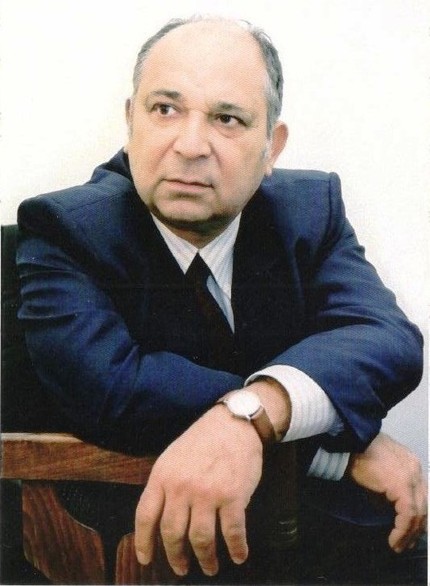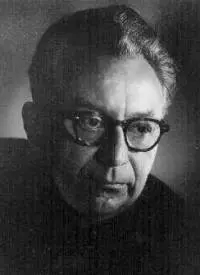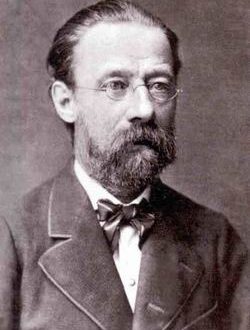
Akshin Alikuli ogly Alizadeh |
Agshin Alizadeh

A. Alizade entered the musical culture of Azerbaijan in the 60s. along with other composers of the republic, who had their say in art in relation to folk music. Azerbaijani folk, ashug and traditional music (mugham), which has become a source of inspiration for many composers, also feeds the work of Alizade, in which its intonational and metro-rhythmic features are refracted and rethought in a peculiar way, combined with modern compositional techniques, laconicism and sharpness of the details of the musical form.
Alizade graduated from the Azerbaijan State Conservatory in the composition class of D. Hajiyev (1962) and completed postgraduate studies under the guidance of this prominent Azerbaijani composer (1971). The music of U. Gadzhibekov, K. Karaev, F. Amirov had a significant influence on the creative development of Alizade, as well as on the work of many representatives of the national composer school. Alizade also accepted the art of the luminaries of music of the XNUMXth century. – I. Stravinsky, B. Bartok, K. Orff, S. Prokofiev, G. Sviridov.
The bright originality of the style, the independence of the musical we: Alizade’s talents manifested themselves already in his student years, in particular in the Piano Sonata (1959), awarded a diploma of the first degree at the All-Union Review of Young Composers. In this work, organically fitting into the tradition of the national piano sonata, Alizade implements a new look at the classical composition, using national thematics and techniques of folk instrumental music-making.
The creative success of the young composer was his thesis work – the First Symphony (1962). The chamber symphony that followed it (Second, 1966), marked by maturity and mastery, embodied the characteristic of Soviet, including Azerbaijani, music of the 60s. element of neoclassicism. An important role was played in this work by the neoclassical tradition of K. Karaev’s music. In the tart musical language, combined with the transparency and graphic quality of the orchestral writing, mugham art is implemented in a peculiar way (in the 2nd part of the symphony, mugham material Rost is used).
The synthesis of the neoclassical element with intonations of folk music distinguishes the style of two contrasting pieces for chamber orchestra “Pastoral” (1969) and “Ashugskaya” (1971), which, despite their independence, form a diptych. Gently lyrical Pastoral recreates the style of folk songs. The connection with folk art is clearly felt in Ashugskaya, where the composer refers to the ancient layer of ashug music – wandering singers, musicians who themselves composed songs, poems, dastans and generously gave them to the people, carefully preserved performing traditions. Alizadeh embodies the nature of vocal and instrumental intonation characteristic of ashug music, imitating, in particular, the sound of tar, saz, percussion instrument defa, shepherd’s flute tutek. In the piece for oboe and string orchestra “Jangi” (1978), the composer turns to another area of folk music, translating the elements of the heroic dance of warriors.
An important role in the work of Alizade is played by choral and vocal-symphonic music. The cycle of choirs a cappella “Bayati” was written to the texts of ancient folk quatrains, which concentrated folk wisdom, wit, lyricism (1969). In this choral cycle, Alizade uses bayats of love content. Revealing the subtlest shades of feeling, the composer combines psychological paintings with landscape and everyday sketches on the basis of emotional and tempo contrast, intonation and thematic connections. The national style of vocal intonation is refracted in this cycle, as if painted with transparent watercolors, through the prism of perception of a modern artist. Here Alizade indirectly implements the manner of intonation, inherent not only to ashugs, but also to khanende singers – performers of mughams.
A different figurative-emotional world appears in the cantata “Twenty-six”, saturated with oratorical pathos, pathos (1976). The work has the character of an epic-heroic requiem dedicated to the memory of the heroes of the Baku Commune. The work paved the way for the next two cantatas: “Celebration” (1977) and “Song of Blessed Labor” (1982), singing the joy of life, the beauty of their native land. Alizade’s characteristic lyrical interpretation of folk music manifested itself in “Old Lullaby” for choir a cappella (1984), in which the ancient national musical tradition is resurrected.
The composer also actively and fruitfully works in the field of orchestral music. He painted the genre-painting canvases “Rural Suite” (1973), “Absheron Paintings” (1982), “Shirvan Paintings” (1984), “Azerbaijani Dance” (1986). These works are in line with the traditions of national symphonism. In 1982, the Third appears, and in 1984 – the Fourth (Mugham) symphony of Alizadeh. In these compositions, the tradition of mugham art, which nourished the work of many Azerbaijani composers, starting with U. Gadzhibekov, is refracted in a peculiar way. Along with the tradition of mugham instrumentalism in the Third and Fourth Symphonies, the composer uses the means of modern musical language. The slowness of the epic narrative, inherent in Alizade’s previous orchestral works, is combined in the Third and Fourth Symphonies with the dramatic principles inherent in dramatic conflict symphonism. After the television premiere of the Third Symphony, the Baku newspaper wrote: “This is a tragic monologue full of internal contradictions, full of thoughts about good and evil. Musical dramaturgy and intonation development of the one-movement symphony are guided by thinking, the deep sources of which go back to the ancient mughams of Azerbaijan.”
The figurative structure and style of the Third Symphony is connected with the heroic-tragic ballet “Babek” (1979) based on the tragedy “Wearing an Eagle on His Shoulder” by I. Selvinsky, which tells about a popular uprising of the 1986th century. under the leadership of the legendary Babek. This ballet was staged at the Azerbaijan Academic Opera and Ballet Theatre. M. F. Akhundova (XNUMX).
Alizade’s creative interests also include music for films, dramatic performances, chamber and instrumental compositions (among them the sonata “Dastan” – 1986 stands out).
N. Aleksenko





